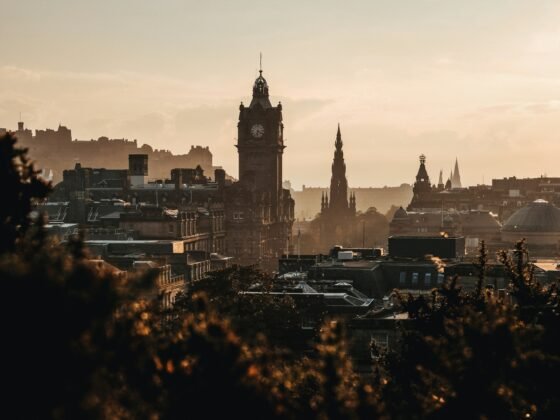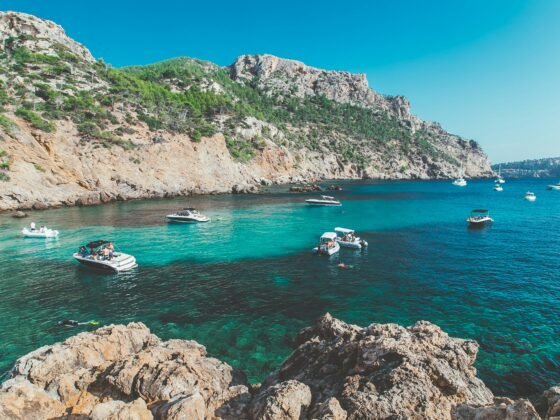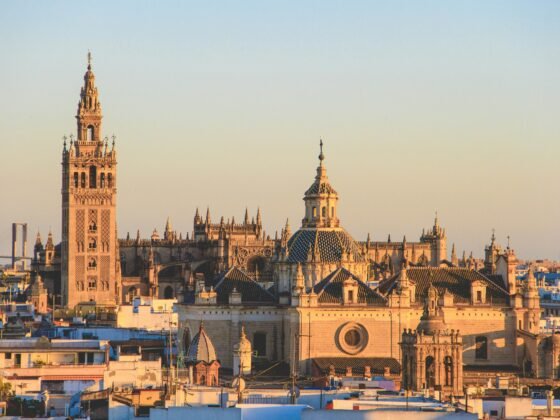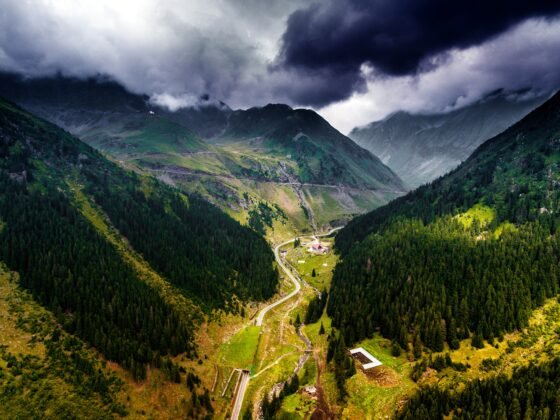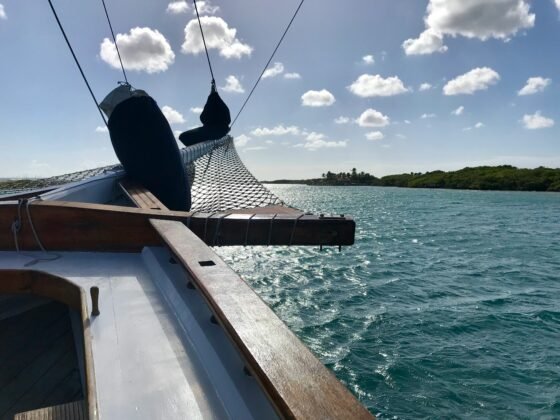South America is a continent of incredible geographical diversity, home to some of the world’s most stunning mountain ranges. The Andes, the longest continental mountain range in the world, stretches over 7,000 kilometers from Venezuela in the north to Argentina and Chile in the south. This mighty range, characterized by its towering peaks, high plateaus, and vast deserts, defines much of the continent’s landscape and culture. Don’t forget to check out the PureTravel Guides to give you an overview of each country and attraction before you head off to do your own detailed research on your trip.
The Andes are split into three sections: the Northern Andes, the Central Andes, and the Southern Andes. In the north, the mountains are lush and green, covered in dense rainforests and home to ancient civilizations like the Incas. As the range moves southward, the landscape becomes more arid and rugged, with dramatic high-altitude deserts like the Atacama. Further south, the Andes transition into the snowy and glacial wilderness of Patagonia, where some of the most breathtaking and remote trekking opportunities can be found.
In addition to the Andes, South America boasts other significant mountain ranges and highlands. The Sierra Nevada de Santa Marta in Colombia is an isolated mountain range known for its rich biodiversity and cultural heritage. Meanwhile, the Brazilian Highlands offer unique geological formations and lush ecosystems. The continent’s varied climates and terrains, from tropical jungles to icy peaks, provide endless opportunities for adventure and exploration.
These mountain ranges are not just geographical features but are woven into the cultural and historical fabric of South America. They have shaped the lives of the people who live there, influenced the continent’s weather patterns, and created diverse ecosystems teeming with unique flora and fauna. For trekkers and nature lovers, South America’s mountains offer a chance to experience some of the most spectacular and varied landscapes on Earth.
1. Inca Trail, Peru
Duration: 4 days
Highlights:
- Ancient Inca ruins, including the famous Machu Picchu.
- Beautiful Andean scenery with cloud forests and alpine tundra.
- Traditional Quechua culture and history.
Best Time to Go: May to September (dry season)
Local Tour Operator: Peru Treks
- Description: Peru Treks is known for their experienced guides and well-organized tours, offering a comprehensive Inca Trail experience with all necessary permits and camping equipment included.
2. Torres del Paine Circuit, Chile
Duration: 8-10 days
Highlights:
- Majestic granite towers of Torres del Paine.
- Glacial lakes and dense forests.
- Rich wildlife including guanacos and condors.
Best Time to Go: November to early March (summer)
Local Tour Operator: Chile Nativo
- Description: Chile Nativo specializes in Patagonian adventures, providing guided treks around Torres del Paine with a focus on sustainable tourism and deep local knowledge.
3. Santa Cruz Trek, Peru
Duration: 4 days
Highlights:
- Panoramic views of snow-capped peaks in the Cordillera Blanca.
- Turquoise glacial lakes such as Laguna 69.
- Remote Andean villages.
Best Time to Go: May to September (dry season)
Local Tour Operator: Huascarán Adventures
- Description: Huascarán Adventures offers expertly guided treks through the Cordillera Blanca, with a strong emphasis on safety and environmental responsibility.
4. W Trek, Chile
Duration: 4-5 days
Highlights:
- The iconic W-shaped route through Torres del Paine National Park.
- Grey Glacier and French Valley.
- Stunning views of the Cuernos del Paine.
Best Time to Go: November to early March (summer)
Local Tour Operator: Vertice Patagonia
- Description: Vertice Patagonia provides guided tours for the W Trek, including accommodation in refugios and full logistical support to ensure a comfortable and enjoyable trek.
5. Huayna Potosi, Bolivia
Duration: 3 days
Highlights:
- Summit at 6,088 meters (19,974 feet) with amazing views.
- High-altitude mountaineering experience.
- Crossing glaciers and snowfields.
Best Time to Go: May to September (dry season)
Local Tour Operator: Andean Ascents
- Description: Andean Ascents offers professional guiding services for climbing Huayna Potosi, providing all necessary gear and experienced guides to help climbers reach the summit.
6. El Chaltén, Argentina
Duration: Various (Day hikes to multi-day treks)
Highlights:
- Views of Mount Fitz Roy and Cerro Torre.
- Diverse trekking routes through forests, glaciers, and lakes.
- Vibrant climbing and trekking community.
Best Time to Go: November to March (summer)
Local Tour Operator: Fitz Roy Expediciones
- Description: Based in El Chaltén, Fitz Roy Expediciones offers guided treks and climbs in the region, with options for all skill levels and interests.
7. Ciudad Perdida (Lost City) Trek, Colombia
Duration: 4-6 days
Highlights:
- Ancient ruins of Ciudad Perdida, older than Machu Picchu.
- Lush jungles of the Sierra Nevada de Santa Marta.
- Cultural encounters with indigenous communities.
Best Time to Go: December to March and July to August (dry season)
Local Tour Operator: Expotur
- Description: Expotur provides guided treks to the Lost City with experienced guides who offer insights into the history and culture of the region.
8. Cotopaxi Volcano, Ecuador
Duration: 2 days
Highlights:
- Climbing one of the world’s highest active volcanoes.
- Summit at 5,897 meters (19,347 feet) with views of the Avenue of Volcanoes.
- Unique high-altitude ecosystems.
Best Time to Go: June to September (dry season)
Local Tour Operator: Moggely
- Description: Moggely specializes in high-altitude climbs in Ecuador, providing all necessary equipment and experienced guides for a safe and successful Cotopaxi ascent.
Conclusion
South America’s treks offer some of the most breathtaking landscapes on the planet. Each of these trails offers a unique adventure, whether you’re exploring ancient ruins, towering mountains, or remote jungles. Get ready for unforgettable experiences and the raw beauty of nature on these incredible treks.
Embark on one of these journeys, and you’ll not only challenge yourself physically but also gain a deeper appreciation for the natural and cultural richness of South America.





